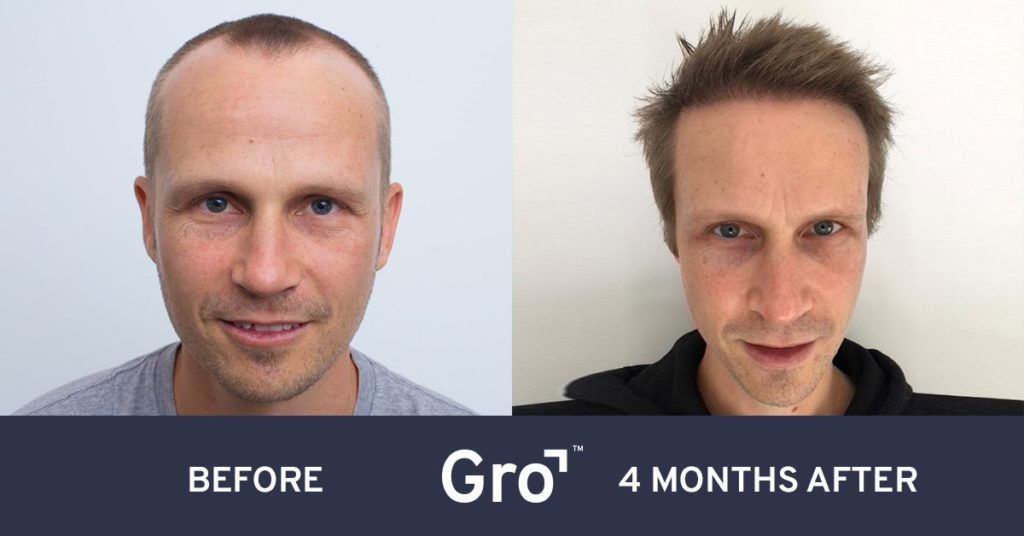What is the average size of a forehead? Typically, as a rough guide, four fingers, which is approximately 6-7cm for men and just under 6cm for women. Some people have thick, low hairlines that never change, whereas others have sparse, uneven hairlines that progressively creep back over time.
Many consider a high forehead attractive. However, sometimes a hairline can begin to thin out or recede noticeably, or it may have always been uneven. If your hairline is impacting your confidence or the way you feel about yourself, then a forehead reduction could be the solution.
Here are the two main options for forehead reduction procedure or hairline lowering.
The aim of forehead reduction procedure
The goal of a hairline-lowering procedure is first and foremost to reduce to size of the forehead. Additional benefits can include improving facial symmetry, strengthening the hairline and redesigning an uneven hairline.
There are two main ways to lower a hairline - a strip removal and a hair transplant. Here's the differences between the two.
Strip removal and hair transplant: two very different procedures
1. Strip removal
The strip removal method involves procedure under general anaesthetic, or local anaesthetic and sedation. An incision is made along the front of the hairline and up to 5cm of forehead skin can be removed, bringing the hairline forward to reduce forehead size. The incision is then stitched closed. This results in a long thin scar along the hairline.
Strip removal is more complicated than a hair transplant and carries a higher degree of risk such as infection, scarring, unnatural-looking results. The recovery takes at least two weeks with stitches removed after one week.
Strip removal doesn't thicken the hairline, it simply moves forward what hair you already have, so it's not recommended for patients with thinning hair. It's also not recommended to anyone with tendency to keloid or hypertrophic scarring.
2. Hair transplant
A hair transplant offers a hairline lowering solution with no incision, no stitches or scarring. The procedure is done with local anaesthetic to numb the treatment area, making it virtually pain-free.
In a hair transplant procedure, individual hair grafts are taken from the back and sides of the head (to be undetectable following the procedure) and are carefully transplanted into the new, redesigned hairline.
With a reGro® hair transplant, the precise angle, depth and direction of every hair is controlled by the doctor, allowing for a natural hairline design to suit your features. The design of the hairline is carefully crafted, improving facial symmetry.

Benefits of a reGro® hair transplant
- Perfectly crafted, thicker and lower hairline
- Minimal recovery, less time off work and social engagements
- Minimal discomfort, no pain
- No scalpels, no stitches and no detectable scarring
- Permanent results, your new hairline will continue to grow for life
- 100% your own hair, not synthetic implants
- Entire procedure is completed by a highly skilled doctor
- Natural-looking results
How much does it cost?
The cost depends on how many hairs need to be transplanted, which is different for everyone as each person’s hairline is unique. For personalised information, book a consultation with a Gro Hair Growth Specialist.
Next steps
If you're not happy with your hairline or the size of your forehead, book a chat with a Gro Hair Growth Specialist for personalised hair transplant information. You can also call us on 1300 787 563.









